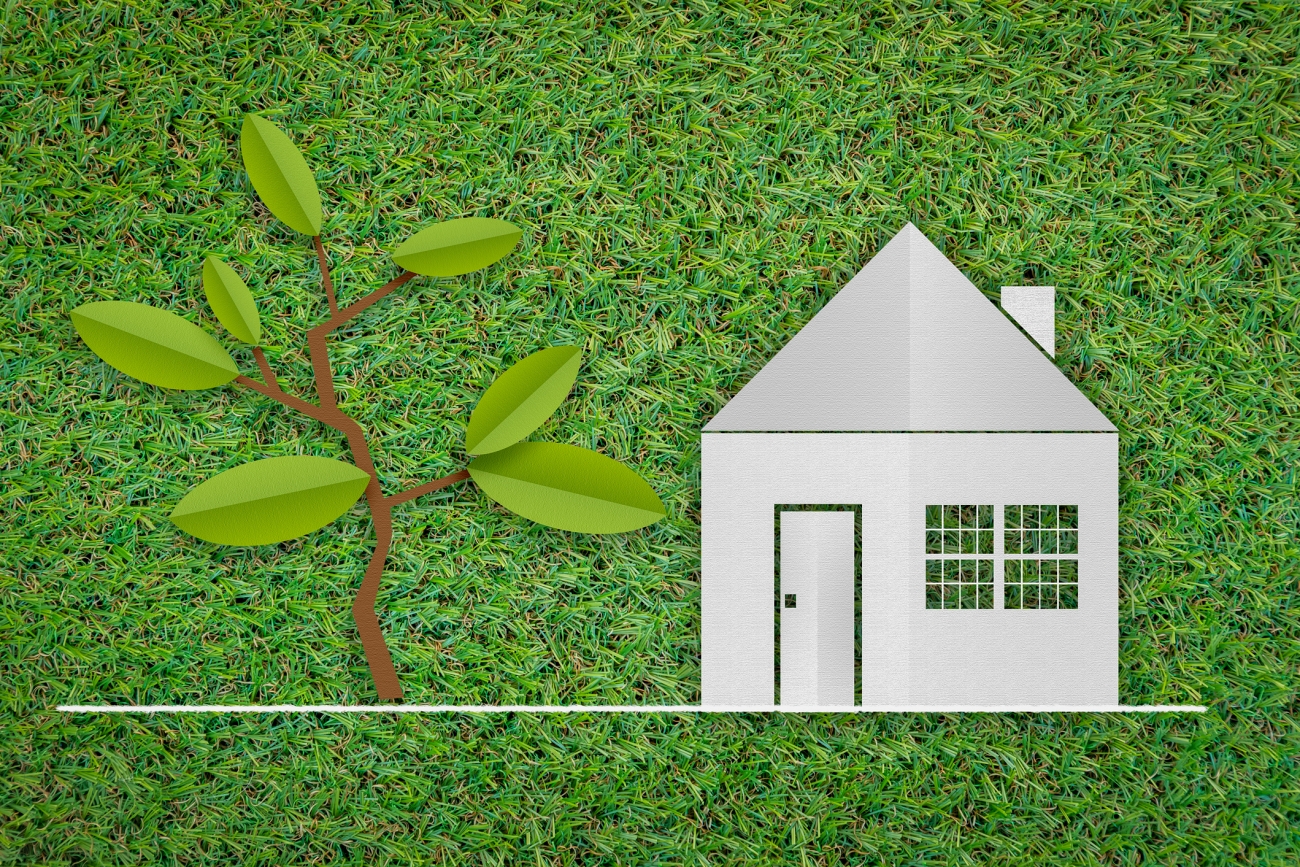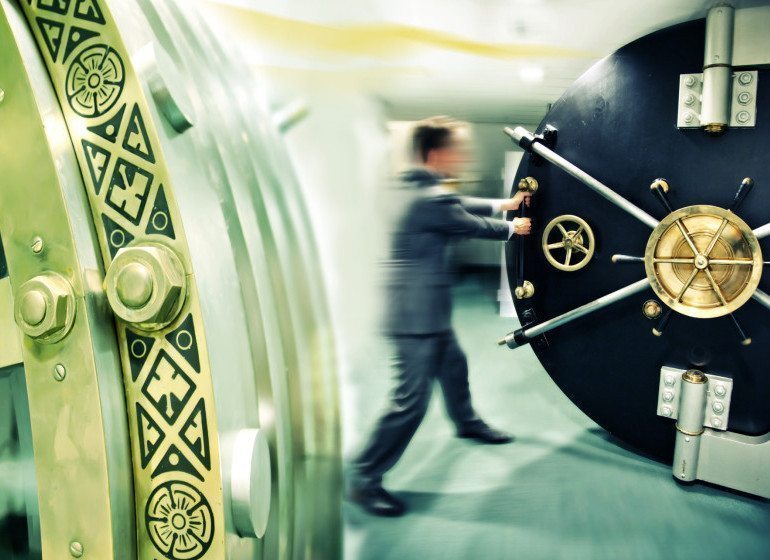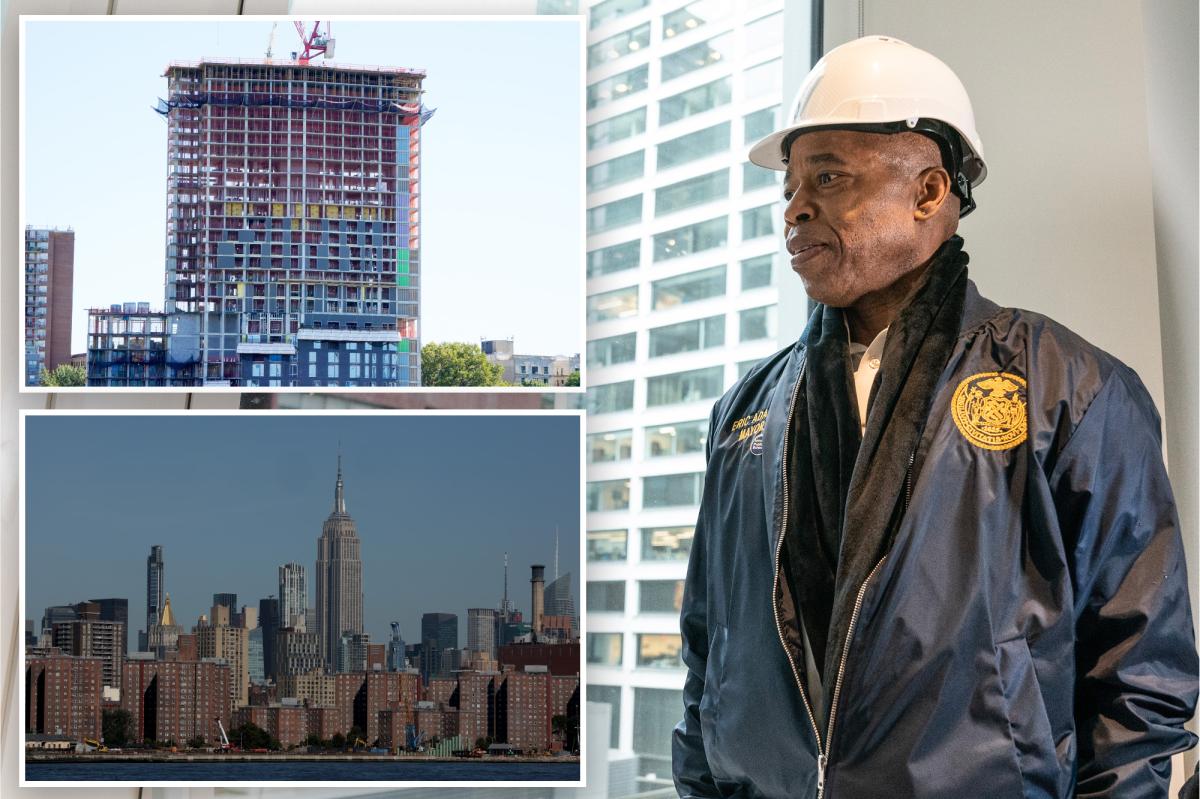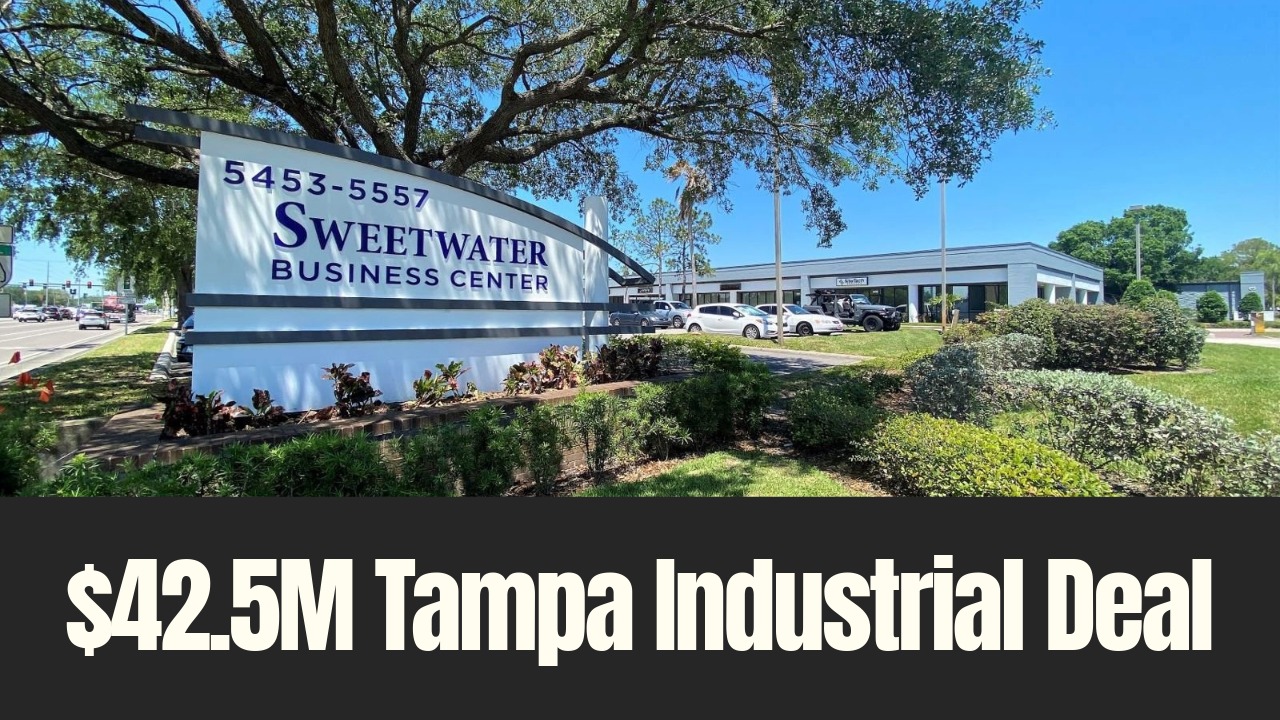T
he COVID-19 pandemic prompted the Federal Reserve to implement a 0% interest-rate policy and provide cheap capital, fueling a surge in investment in commercial real estate. As a result, average commercial property prices rose by 15% between March 2020 and their peak. However, many of these loans were for five-year terms, and with those deadlines approaching, $2 trillion in refinancing will be required over the next two years.
The Fed's subsequent interest rate hikes from 0% to 5.375% in 2022-23 significantly increased capital costs, halting commercial investment purchases and erasing earlier price gains. The average commercial property price is now 10% below its 2019 level. Despite these challenges, the job market has shown resilience, with 7 million more workers than pre-pandemic levels and a 4.1% year-over-year wage increase.
Consumer spending will likely boost the retail sector, which has seen minimal new supply additions and low vacancy rates. The industrial and multifamily sectors are experiencing strong demand for space, although they're currently facing oversupply conditions that have hindered rent growth. Even the office sector is showing signs of recovery, particularly in Sun Belt cities.
The Federal Reserve's shift to an interest rate-cutting cycle will inject extra capital into commercial real estate, leading to a rebound in property prices and making refinancing less challenging.













